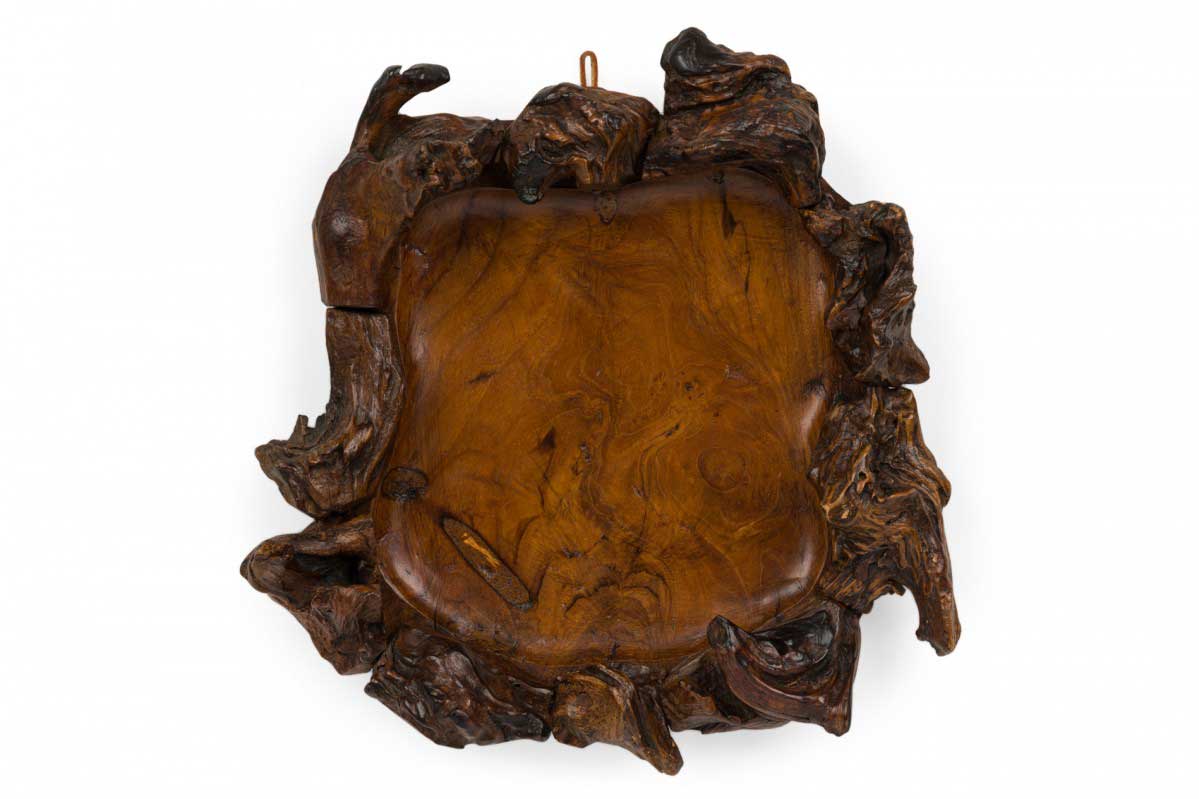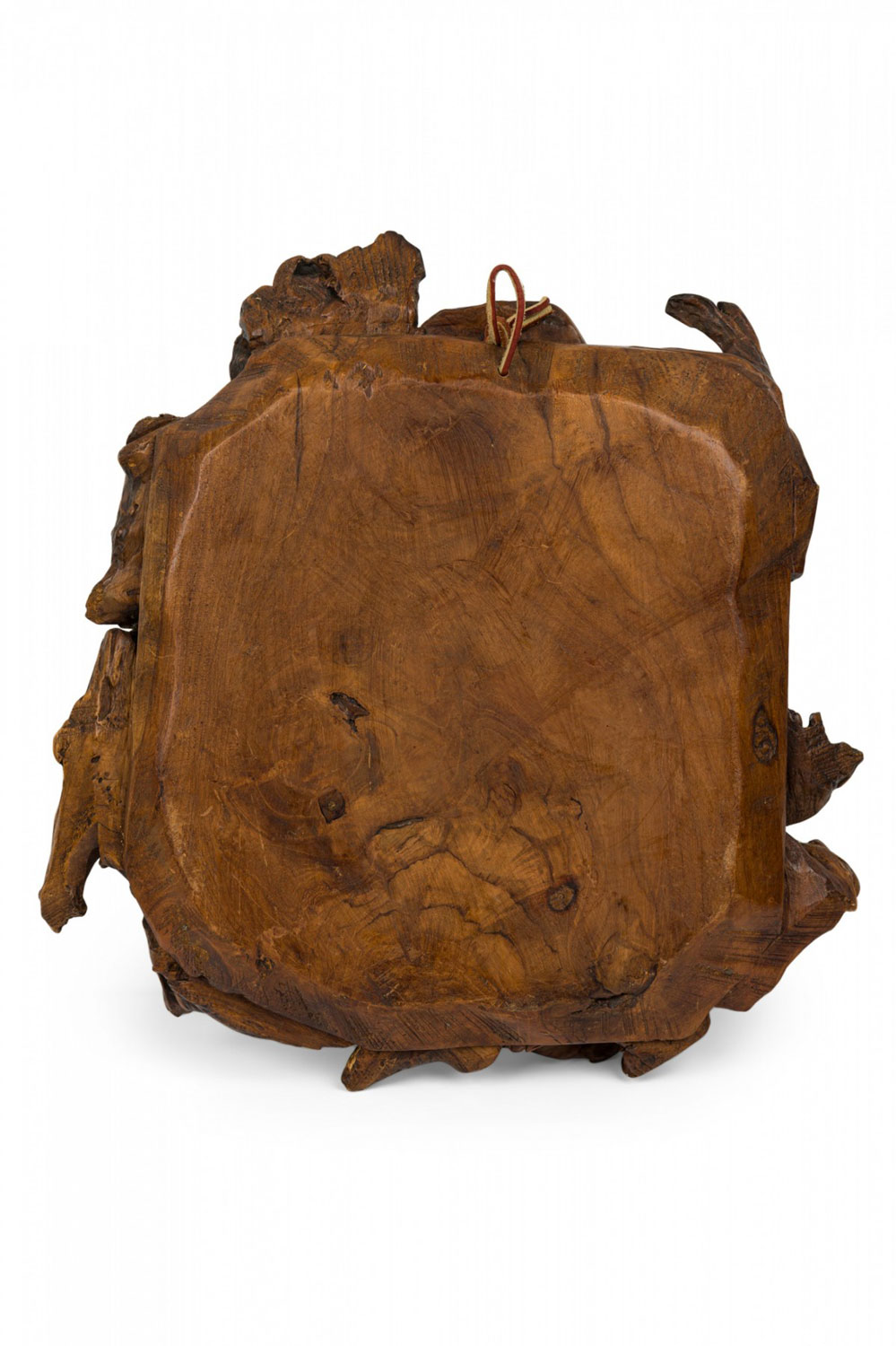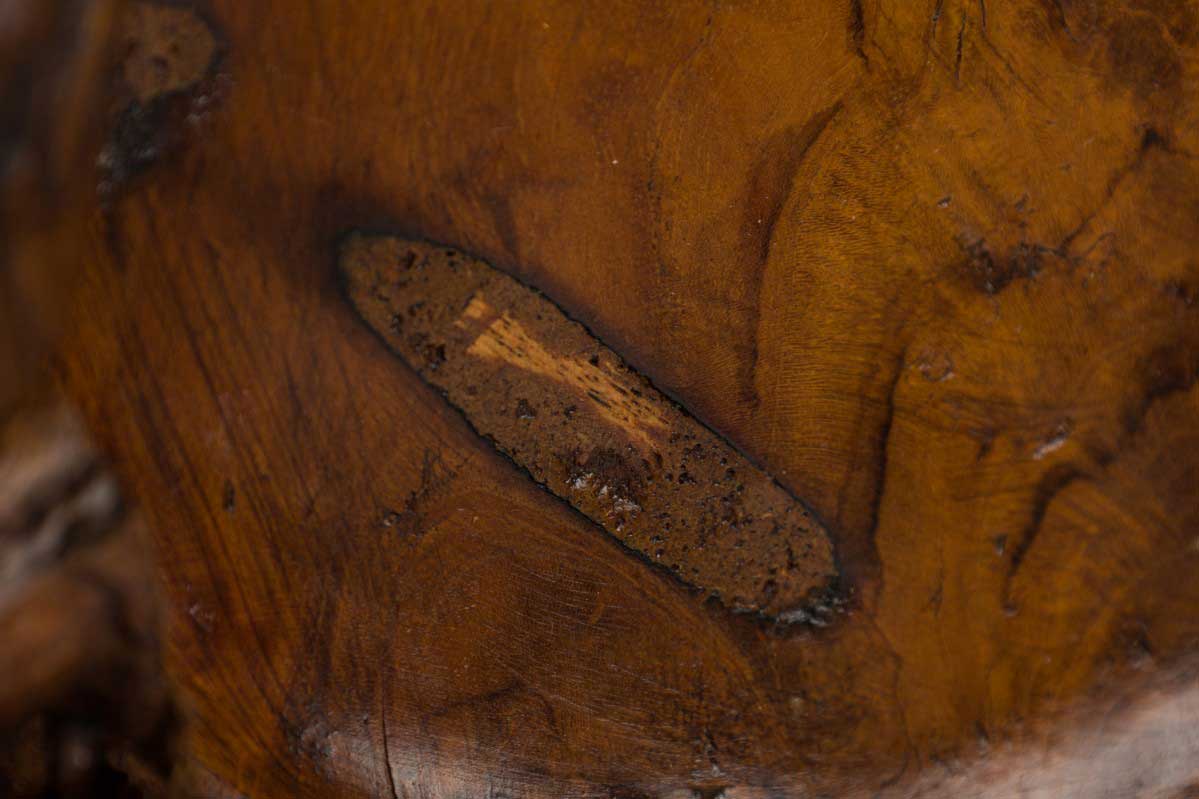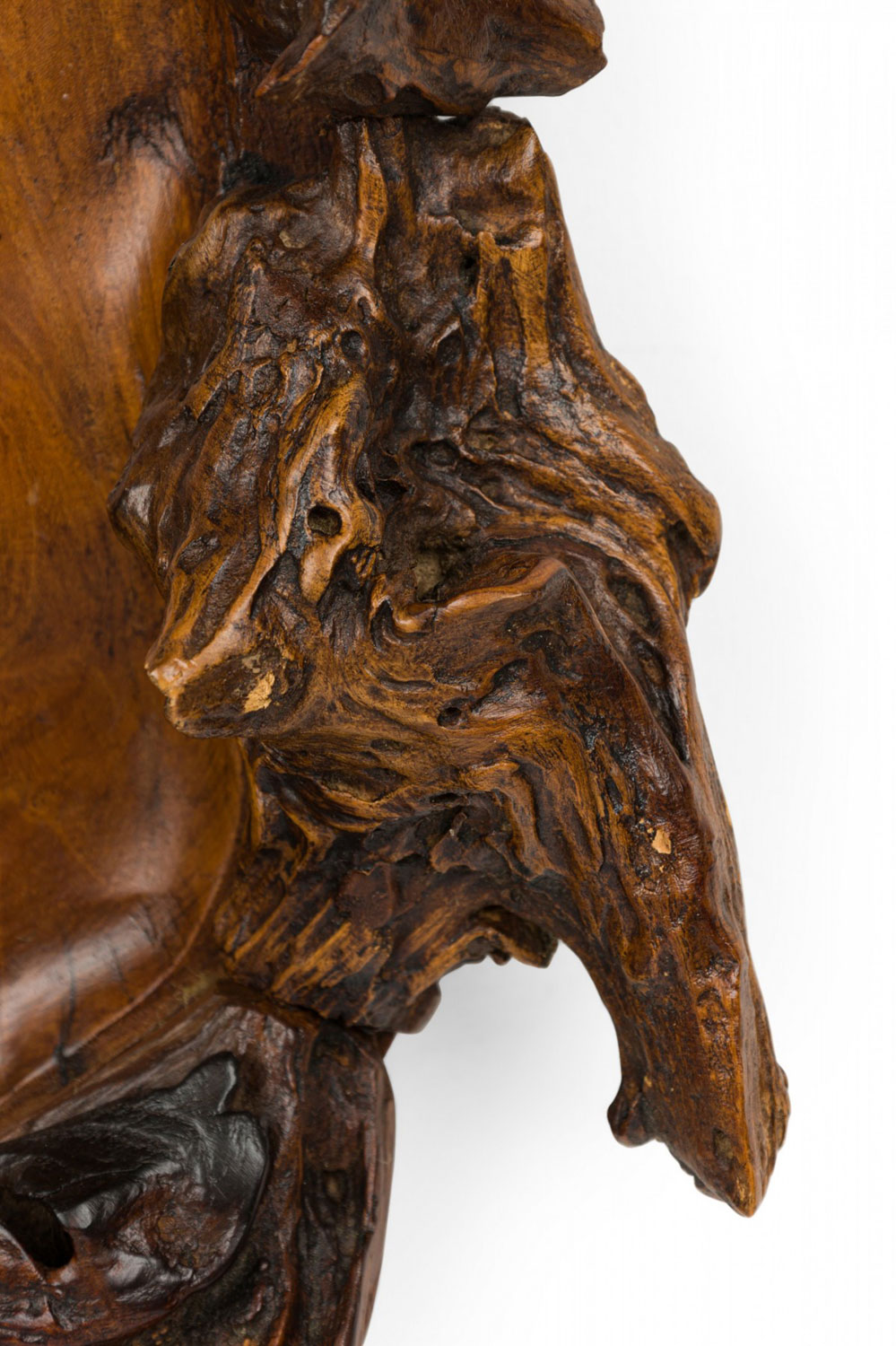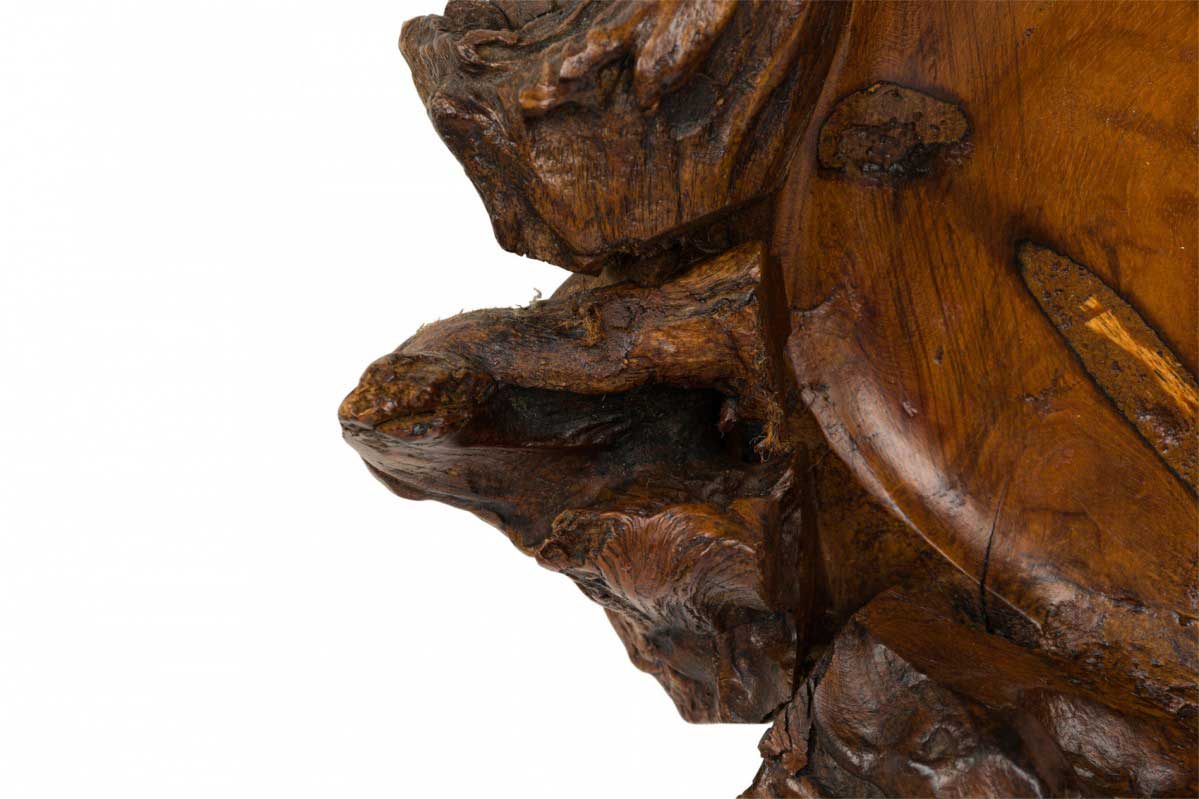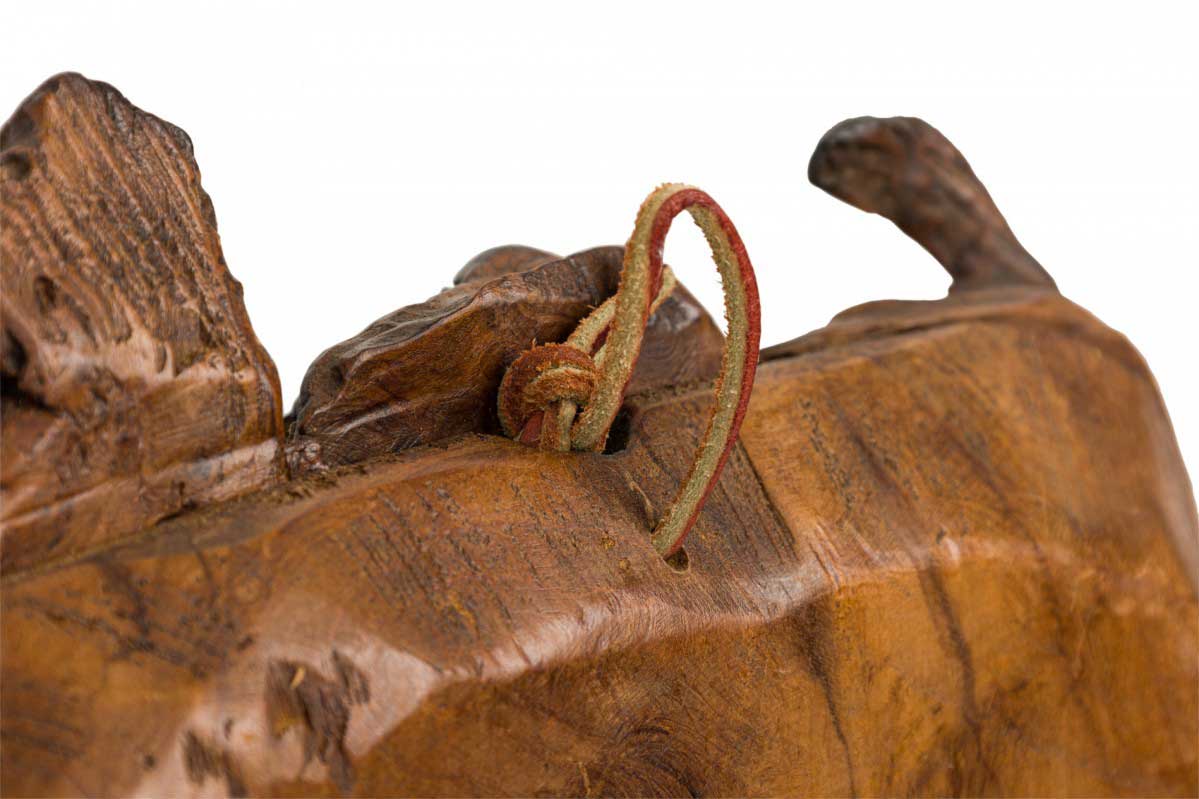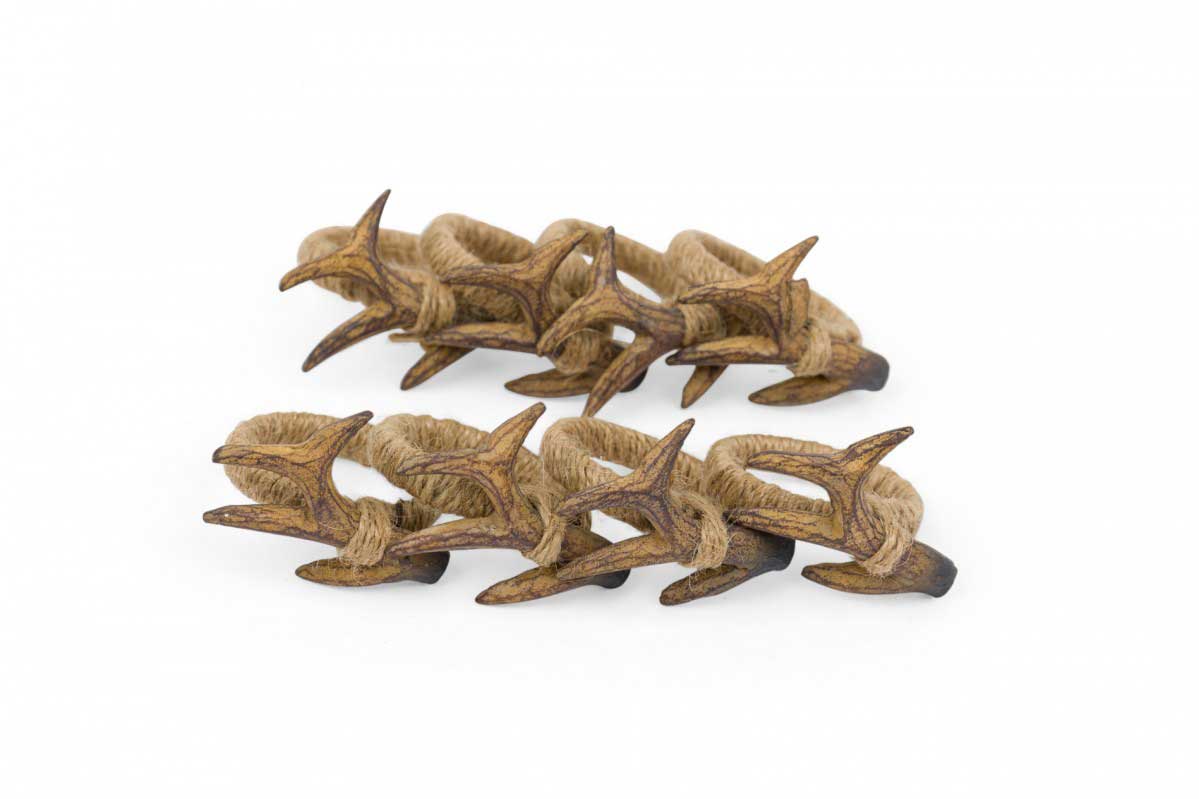X
{{ modalTitle }}
PLEASE FILL IN THE REQUIRED FIELDS.X
X
{{ modalTitle }}
Choose one of the options below.X
ITEM SUCCESSFULLY
ADDED TO PROJECT
Rustic Continental Style Wooden Tray with Burled Edges
 Rustic
Rustic Black Forest
Black Forest Dining Room, Accessories/Décor/Bric-a-Brac, Rustic
Dining Room, Accessories/Décor/Bric-a-Brac, Rustic Dinnerware, Dining Accessories, Accessories
Dinnerware, Dining Accessories, Accessories
Newel Warehouse
32-00 Skillman Ave
Long Island City NY - 11101
 (212) 758-1970
(212) 758-1970
Rustic Continental Style Wooden Tray with Burled Edges

Newel Warehouse
32-00 Skillman Ave
Long Island City NY - 11101
 (212) 758-1970
(212) 758-1970
 Dining Room, Accessories/Décor/Bric-a-Brac, Rustic
Dining Room, Accessories/Décor/Bric-a-Brac, Rustic Dinnerware, Dining Accessories, Accessories
Dinnerware, Dining Accessories, AccessoriesBlack Forest
Term used for furniture carved in rural Germany and Switzerland during the late 19th and early 20th centuries. Originally named for the Black Forest region of Germany where it was thought to have come from, it is now believed most Black Forest furniture was produced in Brienz Switzerland as an economic stimulus for the timber industry and local wood craftspeople. Black Forest furniture is commonly identified by its symbolic use of carved bears and other forest creatures such as eagles, ibexes, chamois, deer, and boars. Frequently the furniture is made of local woods of the region like the linden tree as it is easily carved, but walnut was also widely used.
Burl
Burl is a type of wood that comes from an irregular growth on a tree. Burl wood is usually cut in a thin veneer form to show its exquisite detail. Burl wood is most common in walnut, elm and yew. Burl wood has been used to decorate furniture for centuries and was highly popular during the Biedermeier period.
Black Forest
Term used for furniture carved in rural Germany and Switzerland during the late 19th and early 20th centuries. Originally named for the Black Forest region of Germany where it was thought to have come from, it is now believed most Black Forest furniture was produced in Brienz Switzerland as an economic stimulus for the timber industry and local wood craftspeople. Black Forest furniture is commonly identified by its symbolic use of carved bears and other forest creatures such as eagles, ibexes, chamois, deer, and boars. Frequently the furniture is made of local woods of the region like the linden tree as it is easily carved, but walnut was also widely used.
Burl
Burl is a type of wood that comes from an irregular growth on a tree. Burl wood is usually cut in a thin veneer form to show its exquisite detail. Burl wood is most common in walnut, elm and yew. Burl wood has been used to decorate furniture for centuries and was highly popular during the Biedermeier period.
Black Forest
Term used for furniture carved in rural Germany and Switzerland during the late 19th and early 20th centuries. Originally named for the Black Forest region of Germany where it was thought to have come from, it is now believed most Black Forest furniture was produced in Brienz Switzerland as an economic stimulus for the timber industry and local wood craftspeople. Black Forest furniture is commonly identified by its symbolic use of carved bears and other forest creatures such as eagles, ibexes, chamois, deer, and boars. Frequently the furniture is made of local woods of the region like the linden tree as it is easily carved, but walnut was also widely used.
Burl
Burl is a type of wood that comes from an irregular growth on a tree. Burl wood is usually cut in a thin veneer form to show its exquisite detail. Burl wood is most common in walnut, elm and yew. Burl wood has been used to decorate furniture for centuries and was highly popular during the Biedermeier period.



